|
|
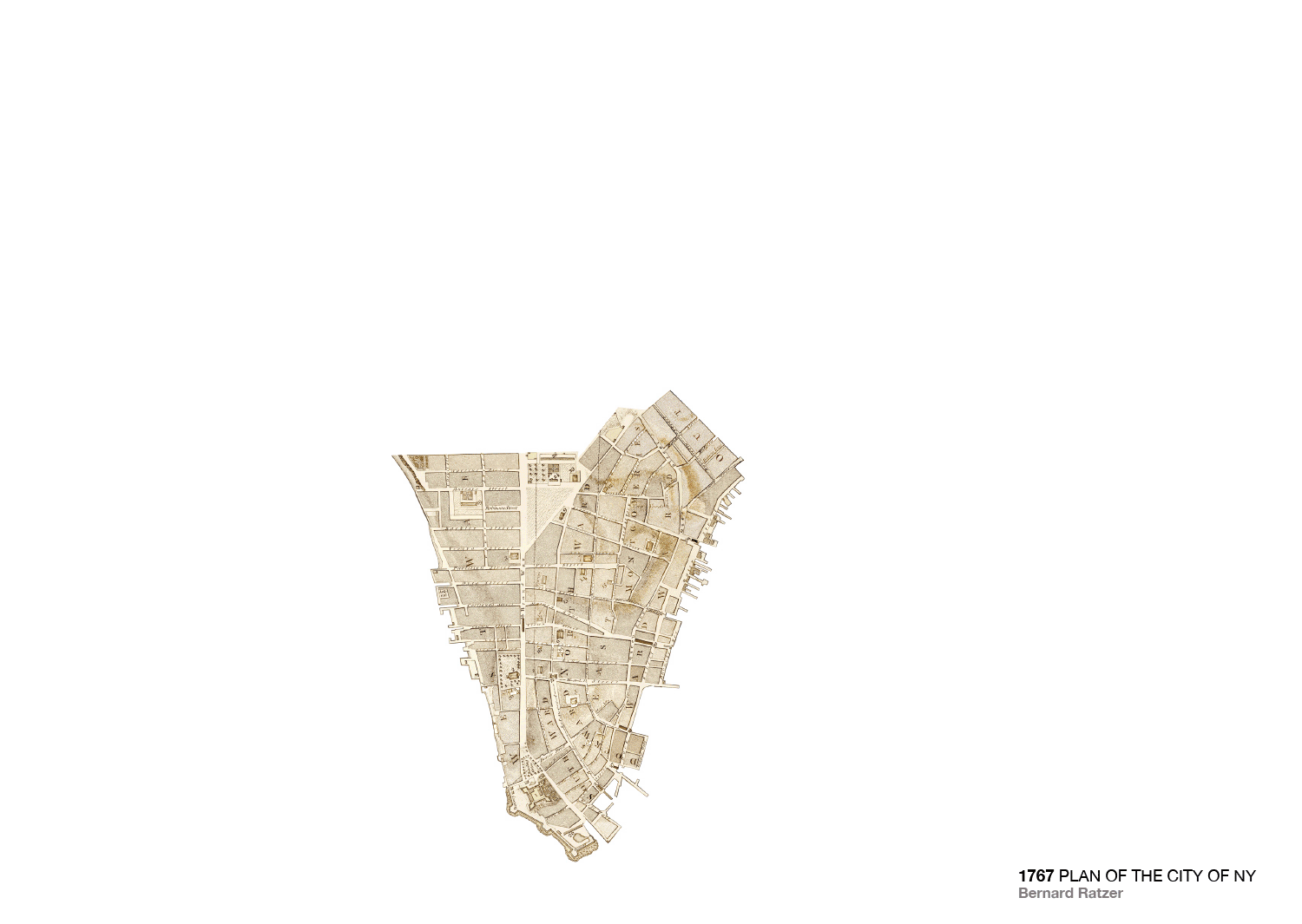 Lower Manhattan Then Superimposes the historical maps that mark different periods with a snapshot of the city as it looked at each era:
Lower Manhattan Then Superimposes the historical maps that mark different periods with a snapshot of the city as it looked at each era:
- 1800, using the Ratzer 1767 map (cut off at Chambers Street which was the northern boundary of the city at the time.)
- 1860, using Harrison’s 1852 map which was the first to show the buildings and streets (below Canal Street)
- 1900 (using the current GIS) showing how dense the blocks become
Underwater:
- 1867 Viele’s topographical map
- 2016 GIS
These maps are heavily photoshopped to accommodate surveying discrepancies to make the streets align. Shown also are infrastructure: ferries, horse carriage routes, elevated trains. Future infrastructure of significance such as the bridges are dotted in.
The events are depicted with the year cross referenced to the timeline as are places of significance and some memorials.
The historic maps are shown at the same scale on the right panel
|
|
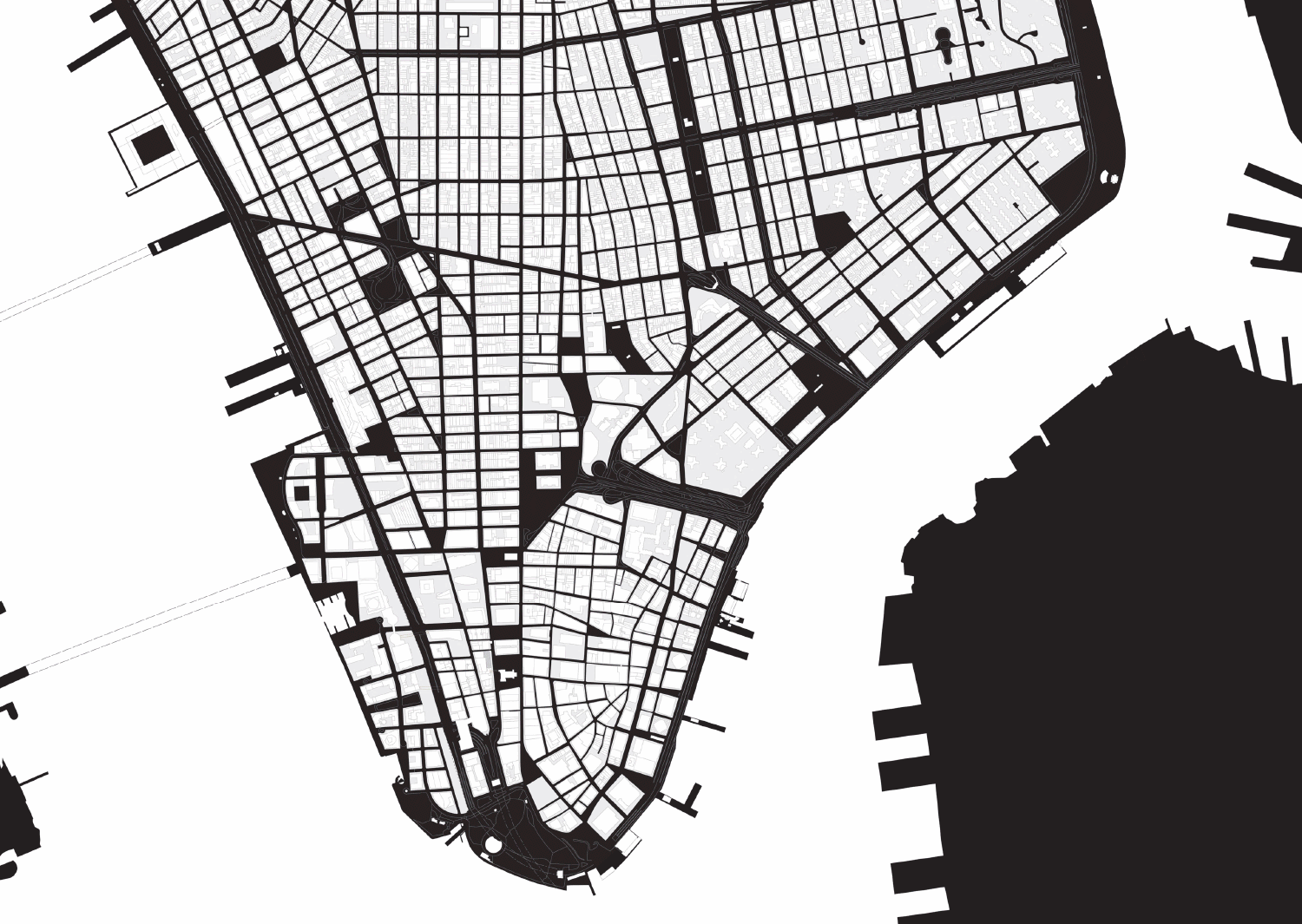 Lower Manhattan Now Describes the city as it looks today and might look in the future
Lower Manhattan Now Describes the city as it looks today and might look in the future
- 2012 Superstorm Sandy’s storm surge
- 2050 projected National Oceanic and Atmospheric Administration projected flood zone showing 31 “ of sea level rise
- 1609 Shoreline
About the Map:
Lower Manhattan has effectively been America’s town square since its discovery in 1524. Virtually every major event of local, national and global significance has played out in some way on this stage. Some have been forgotten and some have been transformative in our culture and many have fallen between. This is both a project in urban archeology and a way of describing the city over time in a printed map. The map captures the multiple and overlapping stories that are woven throughout our city’s life in a single document. It embraces America’s history as the museums, monuments and memorials that dot its streetscape do. It highlights many of the concerns, events and places that the people who lived, fought, worked and visited here thought were important at their moment in time. It takes another look at the issues that they were preoccupied with and how they solved them: their politics, religion, social protest, health and safety, commerce, disasters and defense, scandals and crime, education, publications, art and culture, parades and celebrations, architecture and engineering. It encapsulates the events that shaped the physical and cultural landscape within the changing geography at the water’s edge. And it raises questions that need to be considered as we plan a more resilient city in our future.
History
The project began in 2015 as a summer internship program for a group of students (4 from the Harvard Graduate School of Design and one from City College). None of them were historians. We set out to research what happened downtown and figure out how to tell a large and complicated story about time and place.
The result is two maps which are framed by a timeline of 760 events that were impactful with a ‘sound bite’ about each event.
Some of the famous Historic Maps of Lower Manhattan:
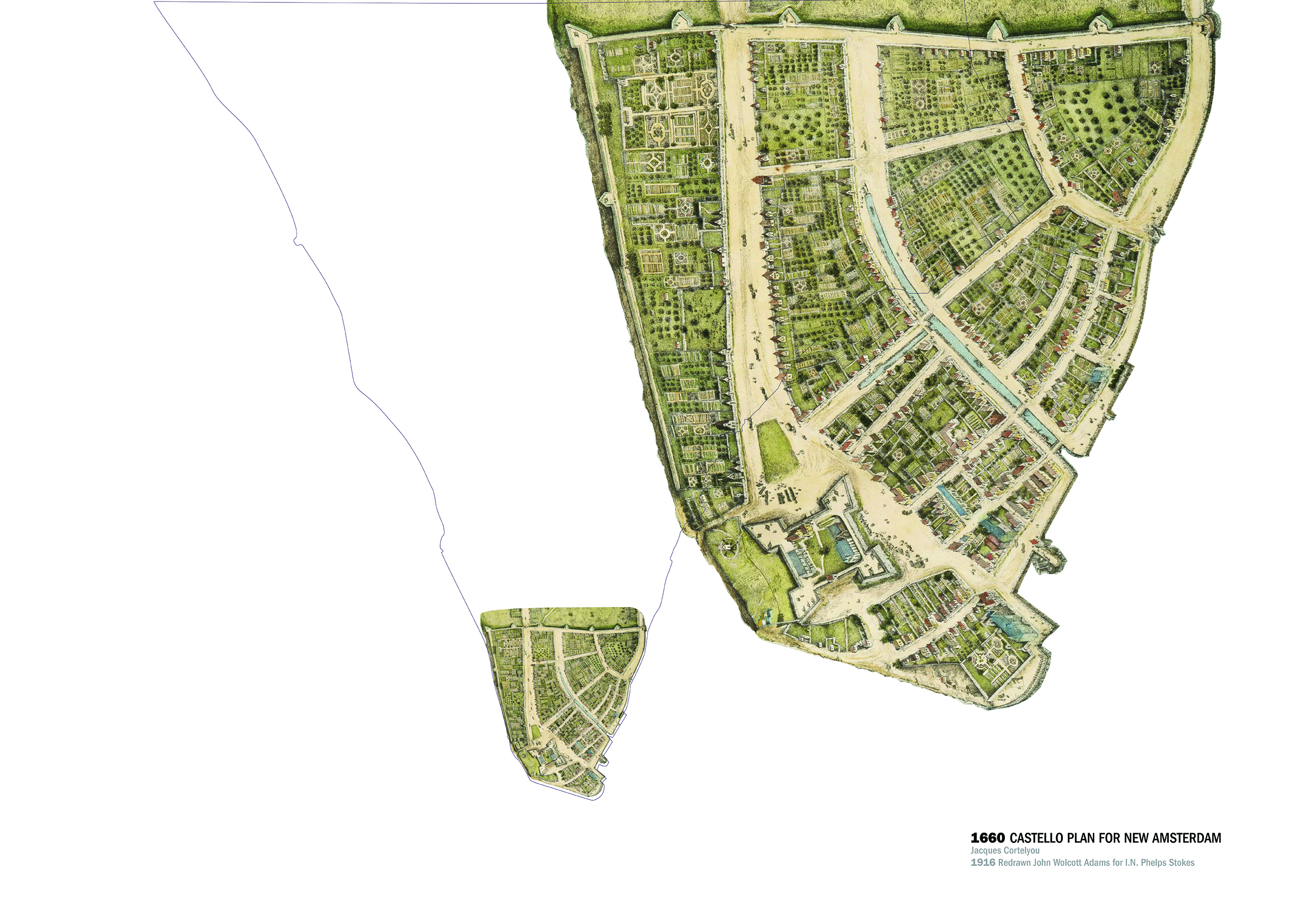
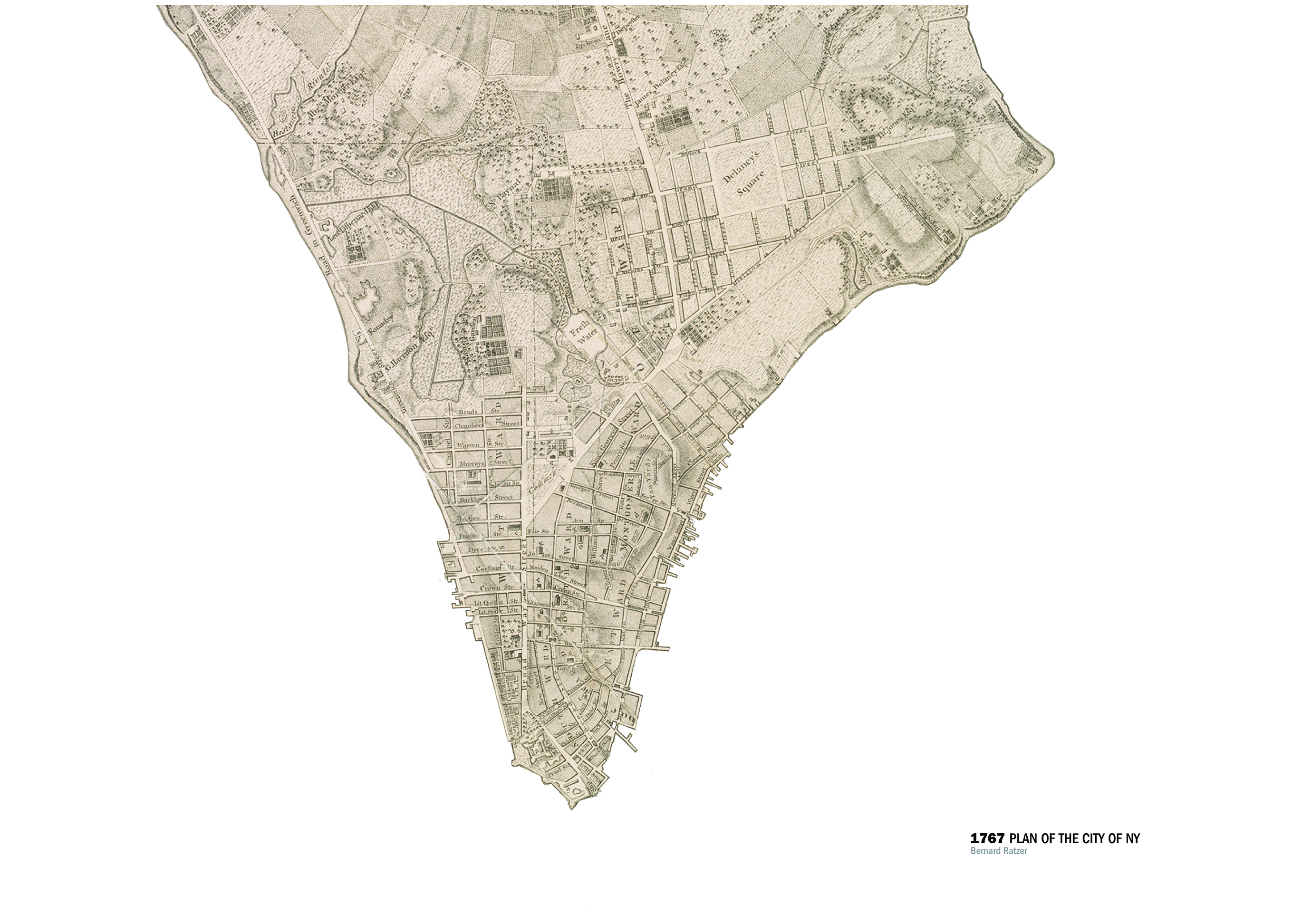
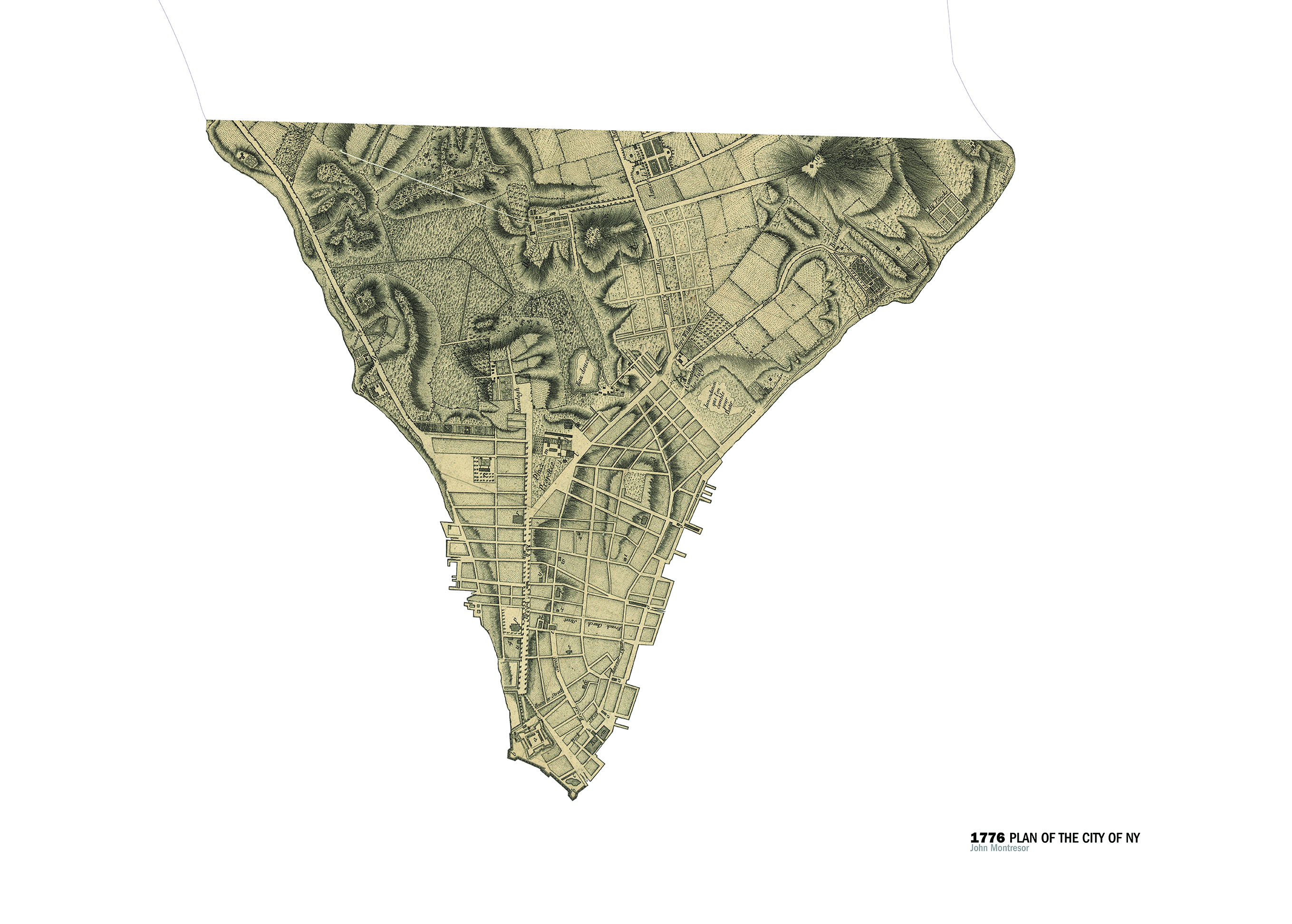
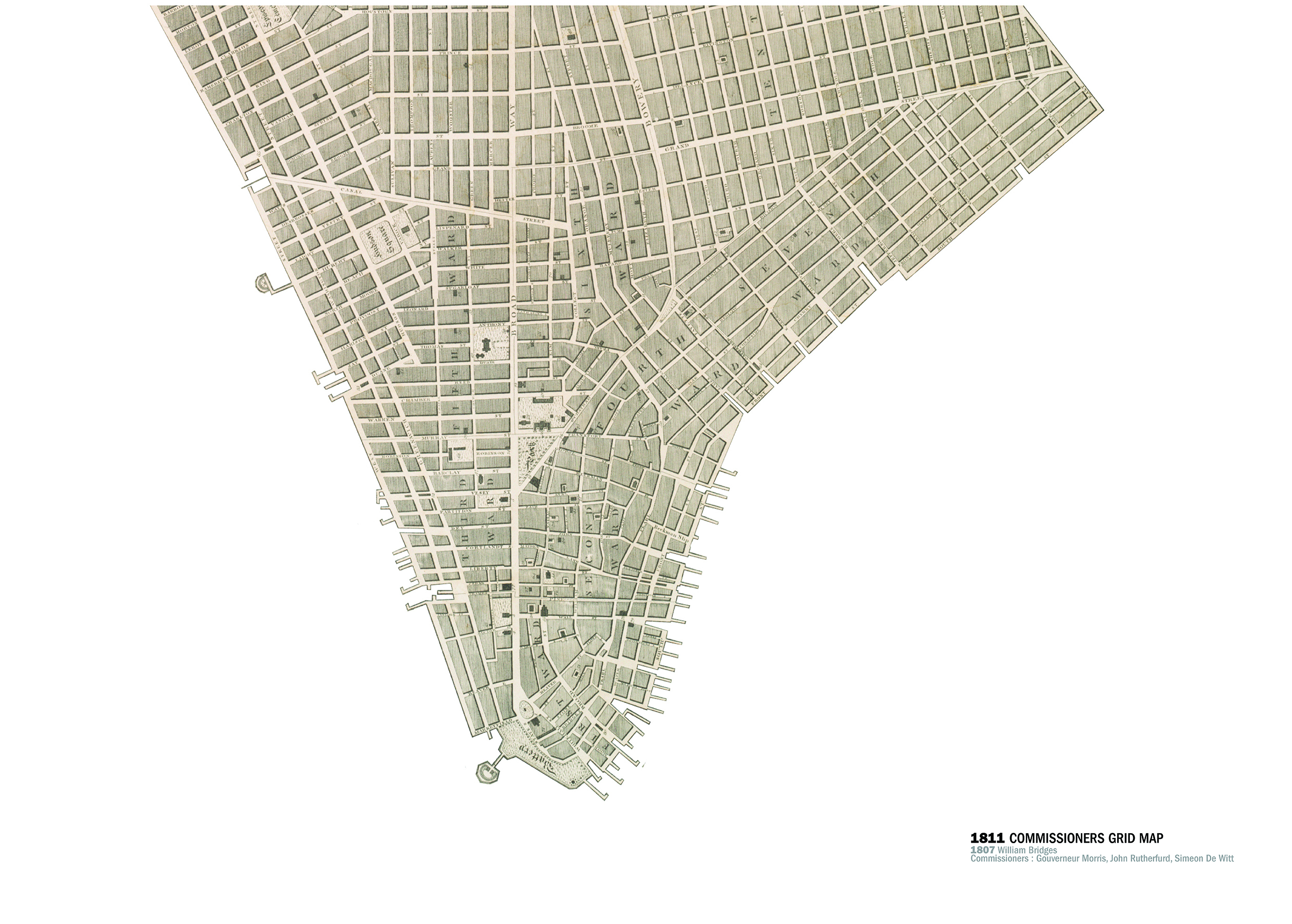
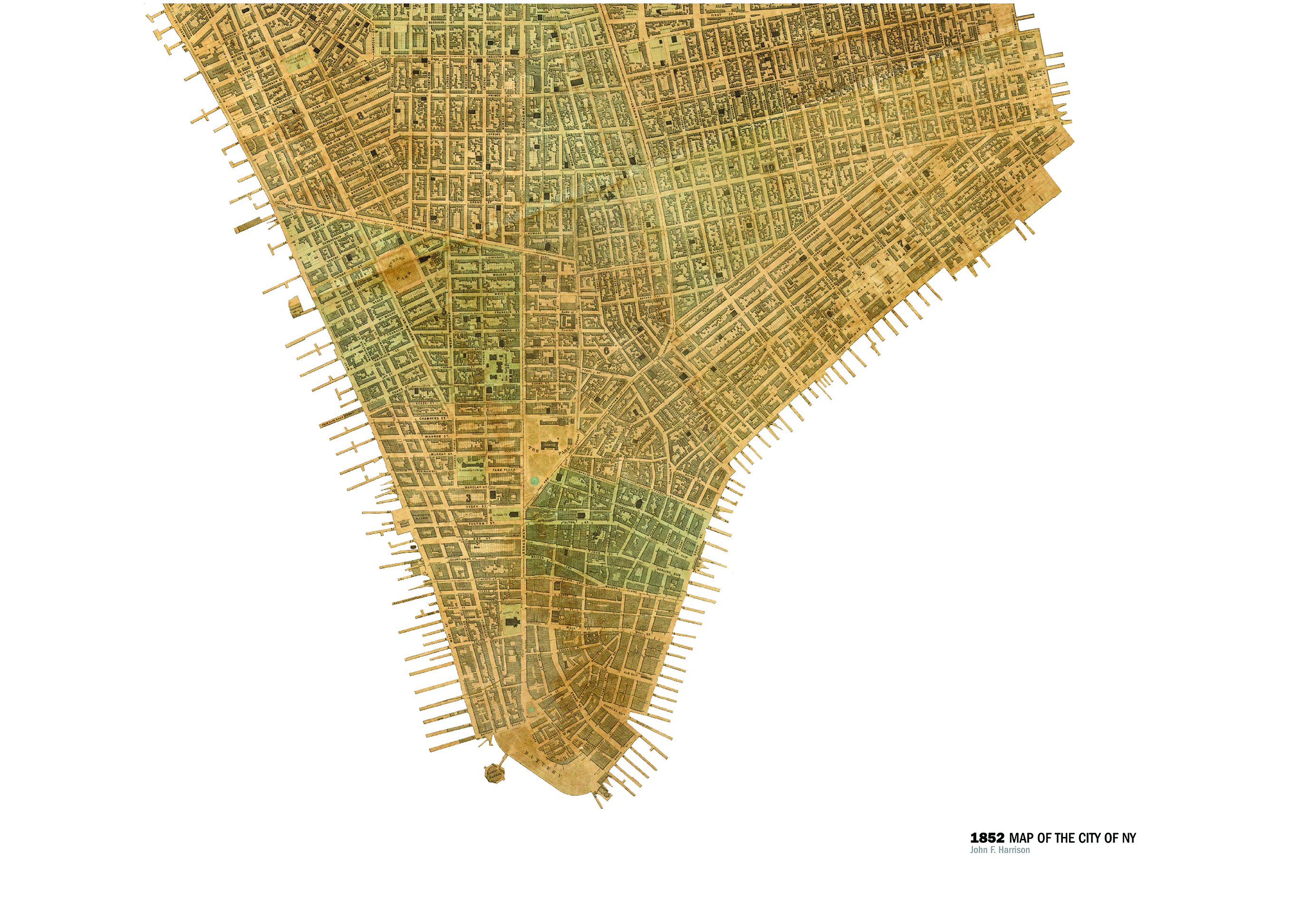
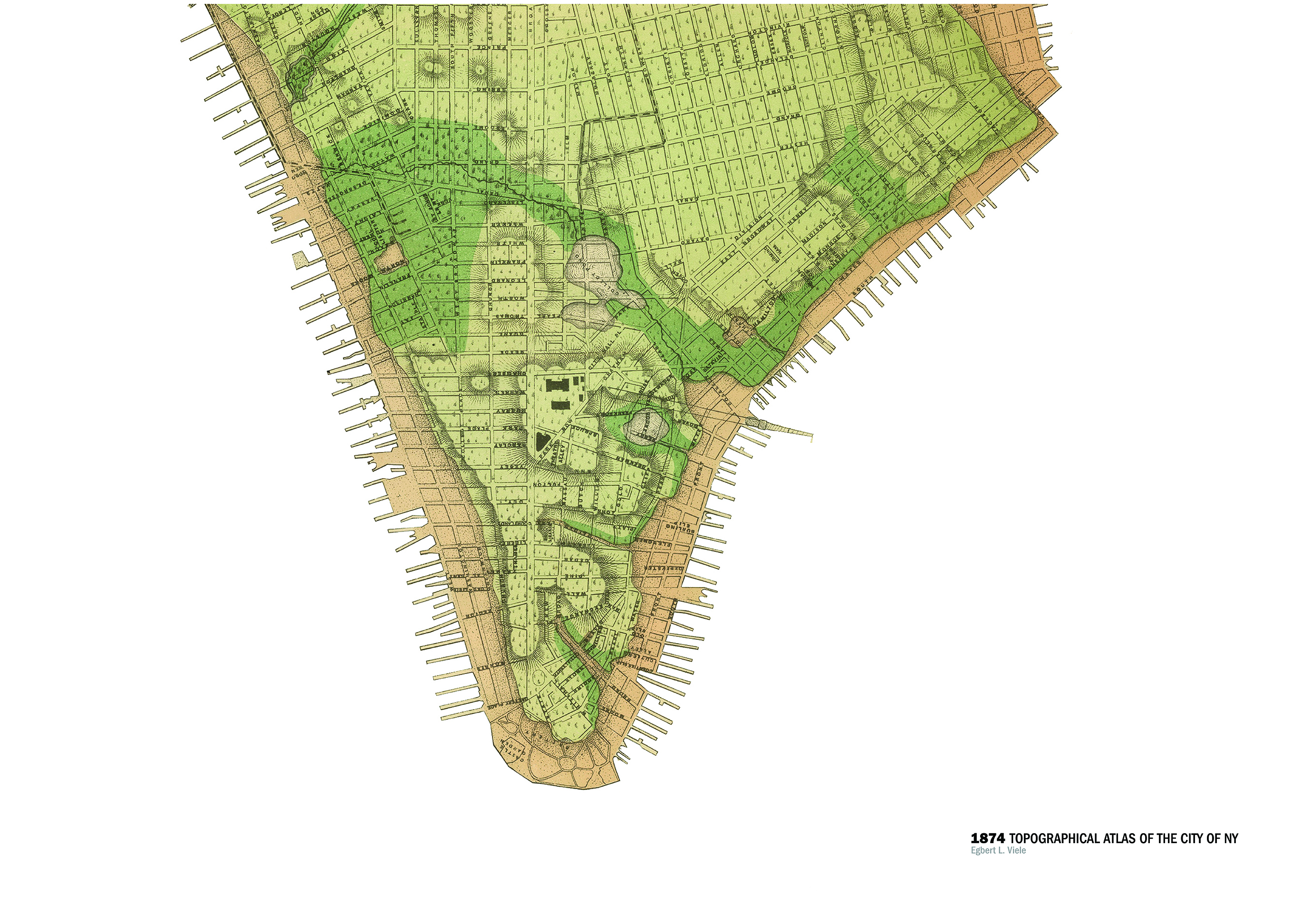
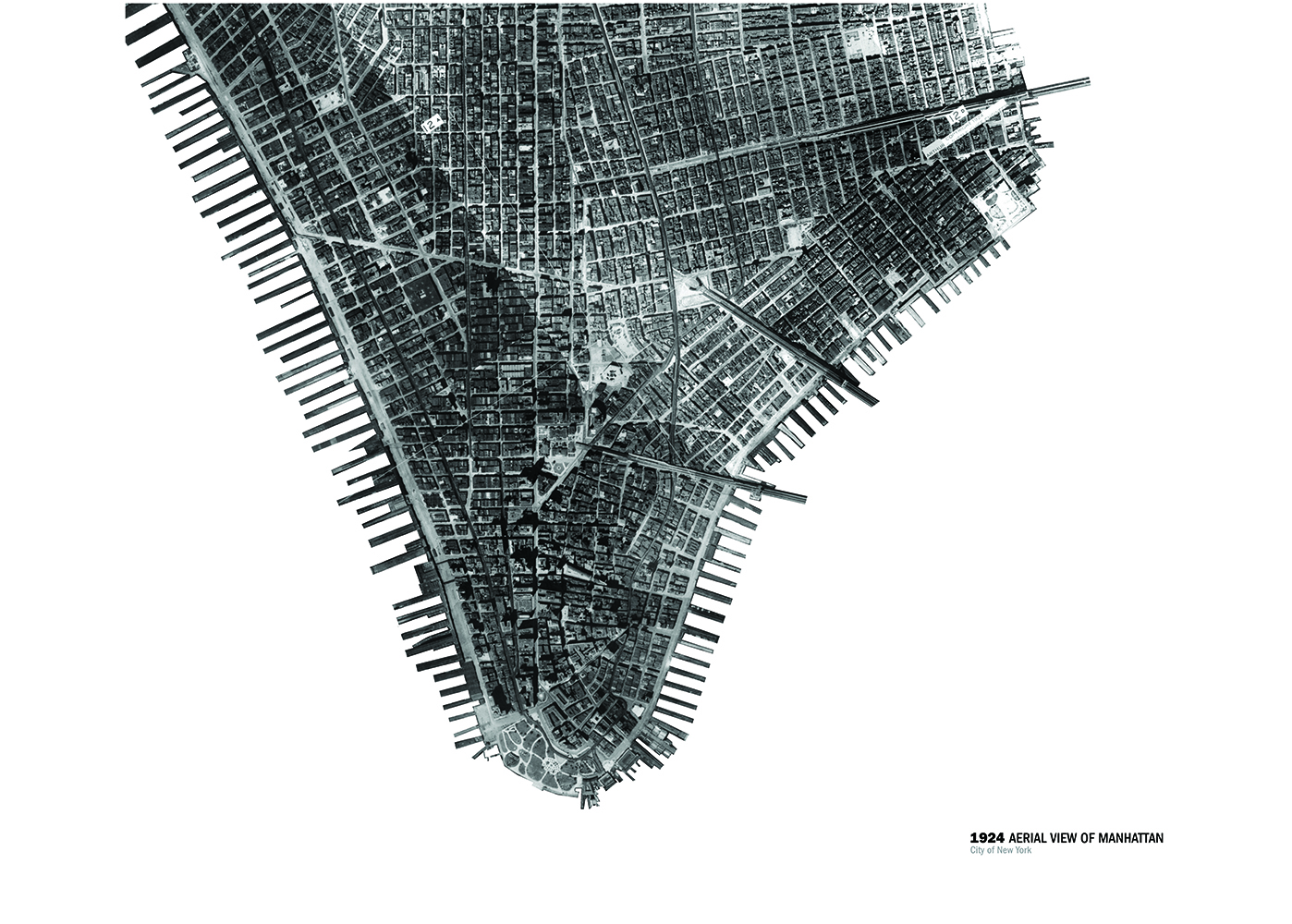
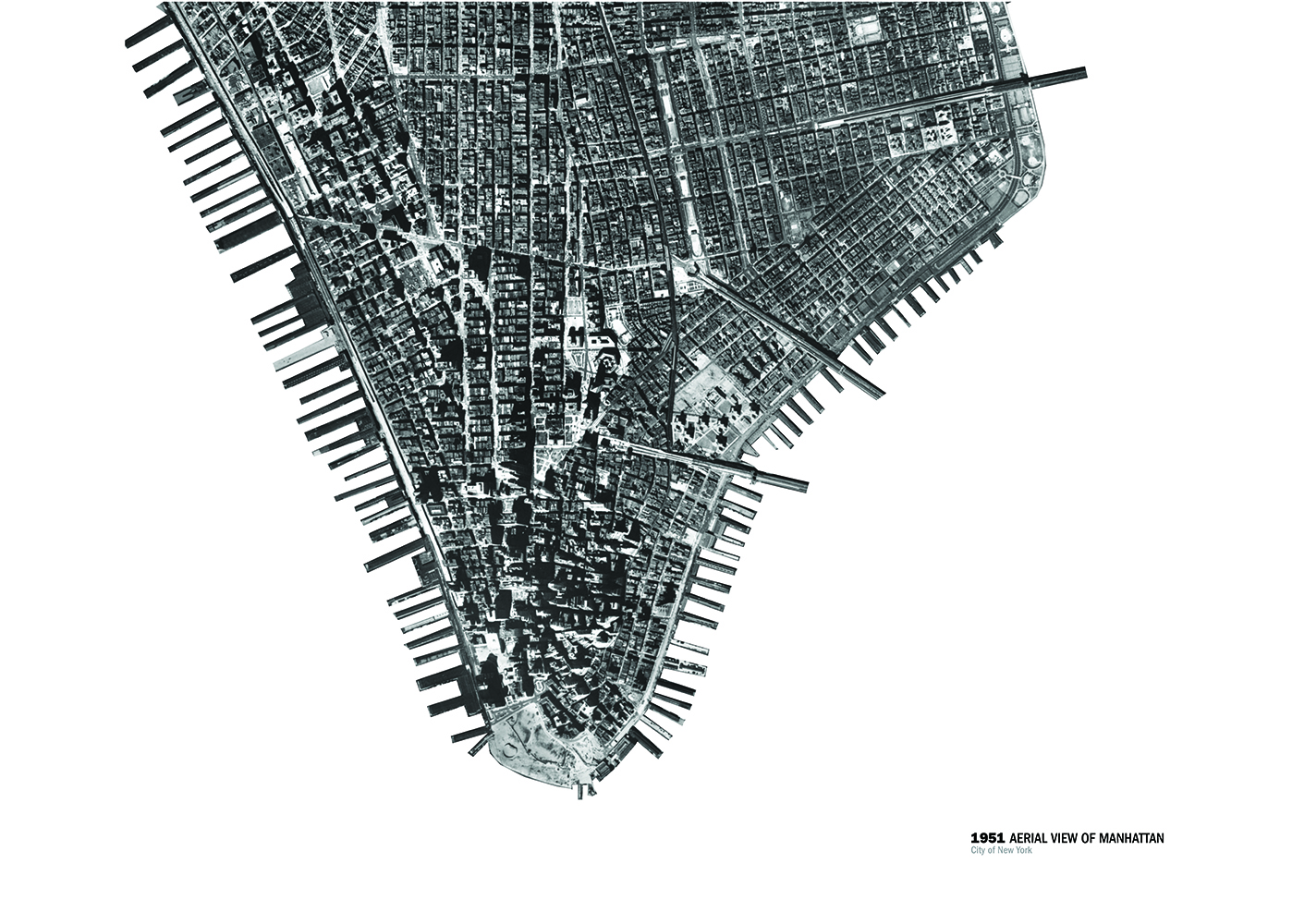
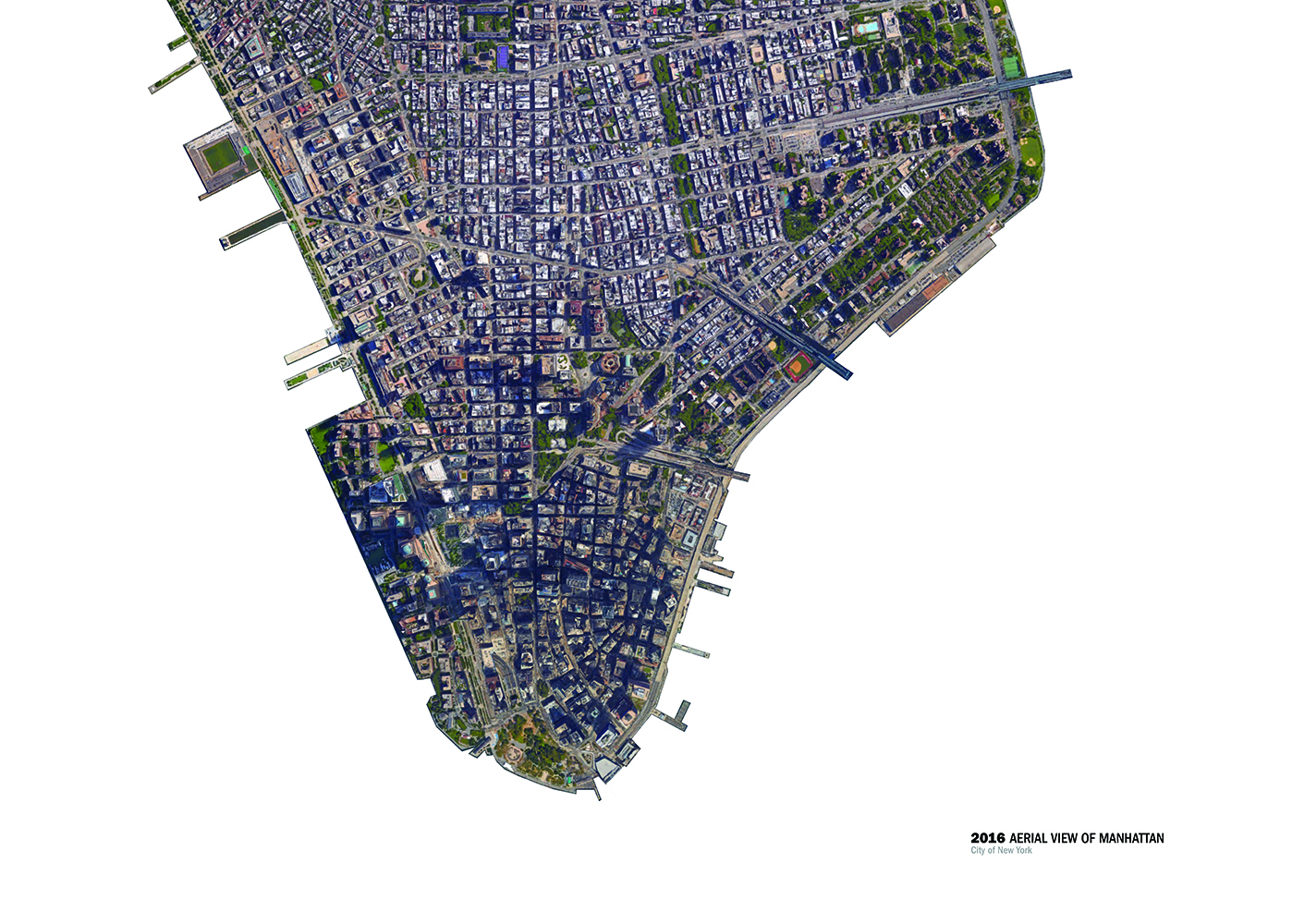
To purchase a map
|
Designed by: Abby Suckle FAIA Kritika Dhanda Kaitlin Faherty Siobhan Feehan Miller Gavin Ruedisueli Young Joo Song |
With Thanks to: Anne Lewison AIA Franziska Amacher AIA Susan Chin FAIA Diana Darling Mark Favermann Christina Lanzl PhD Diana Pardue John Powell Jessica Baldwin Margaret Chin Wellington Chen Charlotte Cohen David J Cohen Peter Feinman Shuai Hao Anna Heineman David Henning Catherine McVay Hughes Tessa Huxley James Kaplan Jonathan Kuhn Michael Levine David Marwell Xichee Moua Jennifer Patton Ambrose M. Richardson III Barnet Schecter Carol Willis |
With Special Thanks to: The Lower Manhattan Historical Society New York City Department of Transportation The Boston Society of Architects The Harvard Graduate School of Design The AIA NY Chapter John Herzog Battery Parks City Parks Conservancy Battery Conservancy Chinatown Partnership Downtown Alliance 9/11 Tribute Museum Fraunces Tavern Museum Manhattan Community Board 1 Museum of American Finance Museum of Jewish Heritage : A Living Memorial to the Holocaust Municipal Archives National Museum of the American Indian New York City Dept of Parks & Recreation Sons of the Revolution Sons of the American Revolution South Street Seaport Museum The Anne Frank Center The Skyscraper Museum US General Services Administration Arts + Architecture |
Historic Maps : Inspiration : |


